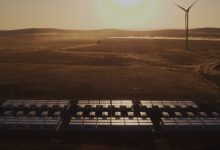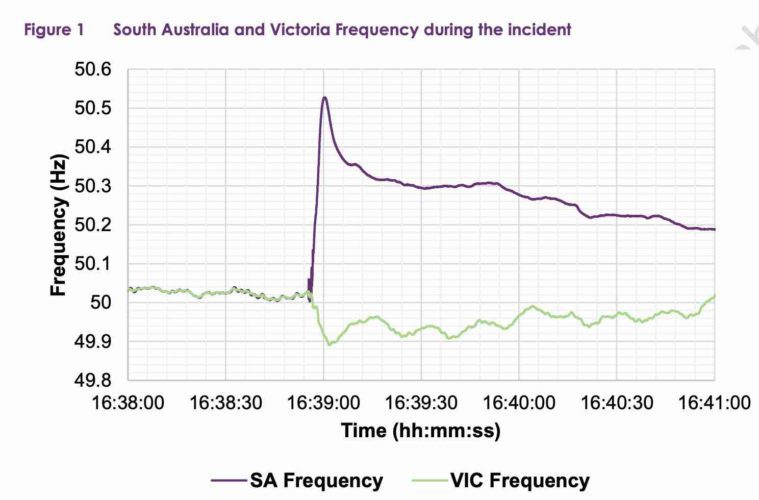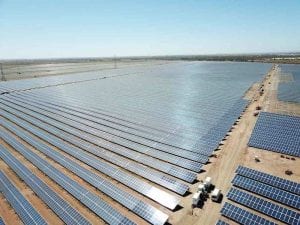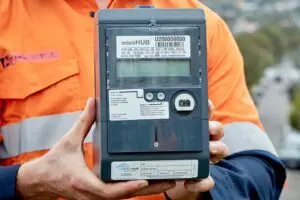It didn’t take long after severe storms swept through South Australia on November 12 and cut the state off from the rest of the country’s main grid for the naysayers to start comparing to the infamous system black in 2016.
Some of it looked familiar – a big storm taking down large transmission towers, causing multiple trips and the loss of “synchronisation” with the National Electricity Market, and lots of people losing power.
But there were a couple of key differences. The power losses this time round were not due to the failure of the grid, or the separation, but trees falling on local power lines and cutting off electricity to multiple suburbs and locations.
And the reason there was no “system black” this time round is largely due to the new contingencies built into the system, and the performance of a technology that was not there last time round, the big batteries.
The Australian Energy Market Operator, fresh from juggling its resources to maintain the power supply in South Australia for the week it was “separated” from the main grid, has just released its first report into the incident.
It is very interim, and has not explored in detail the role of various technologies. But there are clearly a couple of big takeaways from the report – the response in the moment the tower came down and triggered the multiple trips, and the management of rooftop solar in the week that followed.
The first thing to note is the big deviation in frequency when the tower went down and caused those multiple trips – leaping to 50.53Hz in a matter of seconds, outside of the normal containment bend, just before 1639AEST on Saturday, November 12.
The fact that the excursion was quickly arrested and then fell is likely in large part due to the quick response of the big batteries, notably the original Tesla Big Battery at the Hornsdale Power Reserve, which may have contributed around 100MW to the issue, along with some inertia, and at the smaller Dalrymple North battery.
Some of the big gas generators also responded, but not as quickly, and the contribution of the batteries is important because if the frequency response had gone much further, there would have been another risk of tripping more wind farms and creating bigger problems in the grid.
(The third big battery in the state, at Lake Bonney, found itself on the other side of the grid separation, so contributed to the opposite frequency excursion in Victoria, in green in the graph above).
The official line from AEMO is only that the batteries did what was expected of them, which is the same observation that AEMO made of the same kit played a big role in previous separation.
The attraction of the big batteries is that they act as a kind of “shock absorber” for the grid, and are so quick and accurate that NSW wants the biggest of them all, with the 700MW and 1680MWh Waratah Super Battery to be built on the central coast before the closure of the massive Eraring coal generator.
After the South Australia event, the two batteries – Hornsdale and Dalrymple – were put on “hold” for the next week – mostly at a mid point that left them poised to respond to any trips of generator or load, although they were able to respond to minor frequency changes during the week.
The other interesting aspect of AEMO’s interim report is the efforts to control the output of rooftop solar, which is an isolated South Australia grid is considered the major wild card, simply because it is capable of meeting most if not all of domestic demand, and leave AEMO with precious few levers to control in another emergency.
Each day, AEMO instructed the local network owners to maintain demand levels of between 714MW and 855MW, depending on system constraints. It’s biggest challenge came on Thursday, November 17, when more than 1600MW of distributed solar production was predicted.
That meant shutting off up to 410MW of distributed, but mostly rooftop, solar each day for up to 10 hours, though a mix of inverter signals and voltage controls. That helped keep the largest credible contingency within secure limits.
AEMO took other measures, such as shuffling its pack of gas generators – dialling them down to minimum levels and choosing smaller machines over bigger ones – to ensure that any trip did not cause a massive distributed solar “shake-off” that could have caused more problems for the system.
And: Give us more load! Why South Australia is trying to switch off everyone’s rooftop solar
And: There’s a smarter way of solving the problem of dumb, legacy solar inverters











